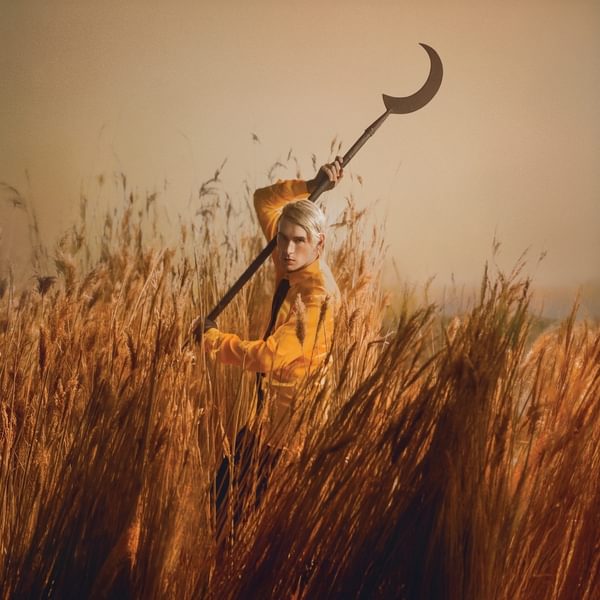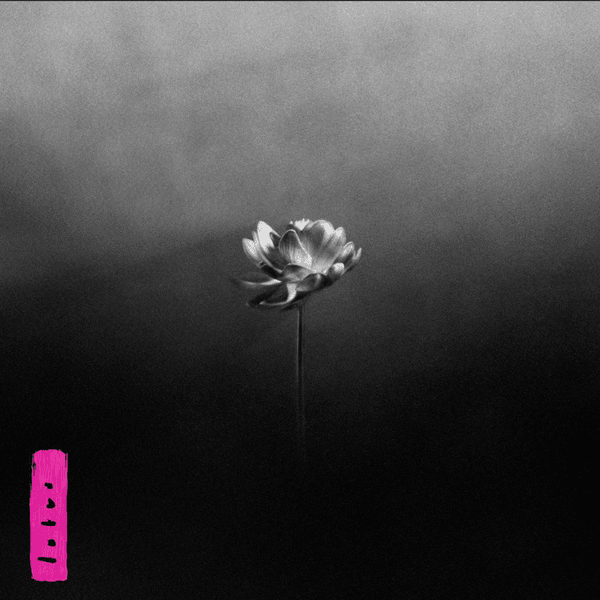
Pink Noise and Sonic Textures : The Line of Best Fit speaks to Pinkunoizu
Debut album Free Time! has already been compared to the output of Braids and Fleet Foxes, but Pinkunoizu are far from just another alt-folk band. Coming on like the bastard child of shoegaze and leftfield pop, the Danish band blend a not-so-subtle dose of experimental crazy into their music, making the most of their space by filling songs with texture and melody. It’s a movement The Line of Best Fit have already caught onto; in January the four-piece performed an outstanding set for Best Fit Sessions and their track ‘The Abyss’ was named Song of the Day last week
Front man Andreas Pallisgaard agrees that the fusion of genres is important to him, claiming “we have a thing about staying open to all sorts of impulses, ideas, sounds and genres I’m not sure we could enter genre domains like EMO, post-grunge, power-salsa, opera, 90s r’n’b, etcetera… You know.”
“I think we all have a great urge to examine music by simply combining all the impressions we have sought in our listening practice during the years,” he continues, explaining the need to test conventional boundaries. “Reaching out for foreign music cultures has been a sort of trigger for us to confront the conventions of western music. This seems like a natural way of playing for us, and most of what we do is actually happening on a fairly subconscious level, I would say.”
Band members Pallisgaard, Jaleh Negari, Jeppe Brix and Jakob Falgren, have had their fair share at practicing playing with one another. Pinkunoizu was formed from the splinters of Le Fiasko, eight musicians content on rocking a far more subdued sound. “It’s important to note that Le Fiasko was another band than Pinkunoizu,” says Pallisgaard, “Le Fiasko was another trip than Pinkunoizu – the music was coming to life in a different way in that band, and sounded somewhat different as well.”
As he implies, they don’t let their historical past get in the way of creating something refreshingly new and sporadic, “It’s essential to us that there is always a certain amount of lack of control; the music and the lyrics are more interesting for us if they hold a secret or something blurry that we ourselves can spend time trying to decipher.”
This unpredictability could hint at the odd name choice. Literally meaning ‘pink noise’ in Japanese, Pallisgaard states that “the Japanese society fascinates me from what I know if it, it’s the grand meeting between ritualistic traditional culture and an extreme market driven modern capitalist society… This, however,” he notes, “doesn’t relate specifically to our band, or band name. We were just seeking out a name that had this complex energy, sounding mostly like a speeding motorbike, something difficult to grasp and retain; something with an estranged touch… ‘Pink noise’ is a technical term that covers the description of a certain frequency spectrum, and a signal response; basically a specific type of noise that is part of the natural sound world that surrounds us.”
For anyone contemplating how on earth you pronounce the word, Pallisgaard is in a similar situation: “The syllables are formed on different spots in your mouth, making the formants create a sort of all over like sound. It can be pronounced with great depth and samurai intensity, as well as awkwardly flat in Danish. But, really there is no right way.”
Moving on to lament over the current music scene – or more specifically, the frequency with which musicians aren’t paid for their work – Pallisgaard nevertheless notes Berlin and Copenhagen, the two cities that home Pinkunoizu, both present musicians with an ideal creative setting. “The scenes are really different. Berlin is mostly interesting when it comes to electronic music and free jazz, whereas Copenhagen has a more fashion orientated pop culture going on, which can both breed some superficial stuff, but also some great music in the more pop/rock orientated arena. Berlin has more space for immersion when it comes to the creative process, which has been good for us. In practice we meet up in either city now and then and spend a week or so dedicated to rehearsing or recording. This works out pretty neatly, since we get deeper entangled in what we are doing, focusing our time like that.”
Of their debut album Free Time!, he’s equally enthusiastic. Quizzed about the rhythm structure and spacing, Pallisgaard believes he is “playing music in a world where…you roughly either choose… folkloric traditional music, or you can… deliberately comment on musical history and react accordingly, making something that has a sonic vision and identity. The latter is what we have mostly done up until now, but I sense a longing towards creating a new type of folklore, where the music we play has a function and comes out of pure need, addressing important realities of ours and the listeners surroundings. I like the idea of having a heterogeneous space feel in the music we make.
“‘Everything Is Broken or Stolen’ is one of my personal favourites,” Pallisgaard moves on to the record, claiming the song embodies the overall sound of Free Time, “A lot of unexpected stuff happens, and so many things come together in a way I would never have imagined.”
“We meet up and jam for a long time ” he continues, “listening back to get ideas, turn up with a sparse draft-like idea, and the others start filling in. The lyrics sometimes come beforehand having an intention, or they start to evolve, leaning more against the sonic expression.”
For such an intricate soundscape, it’s surprising that the band “tend to have songs written on an acoustic guitar, presented within a larger sound world. I think an important part of this record is about playing around with ideas when actually recording. This gives us a fresh feeling, and it is indeed a natural thing to do when you record you own music, and have time to do it.”
Soon to take to the stage in the UK, Pallisgaard admits “The live version is rather different. It’s more energetic, rougher and noisier, longer trance-y passages, more lose. We also played with different guests. Lately Nils Gröndahl on amplified violin and bowed saw.”
Get the Best Fit take on the week in music direct to your inbox every Friday

Patrick Wolf
Crying The Neck







